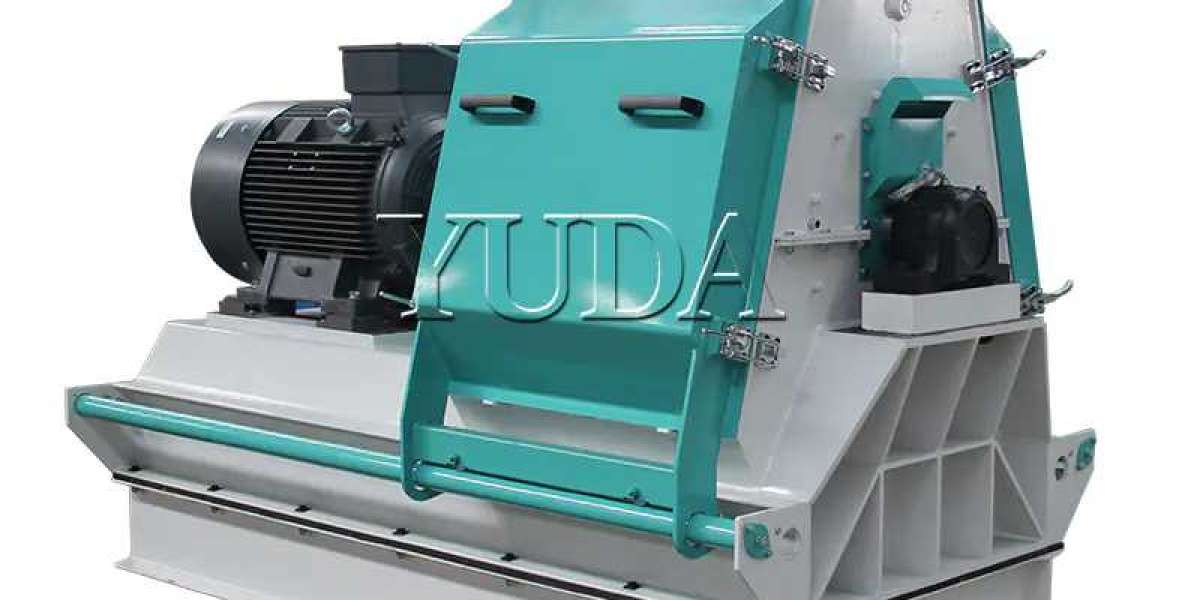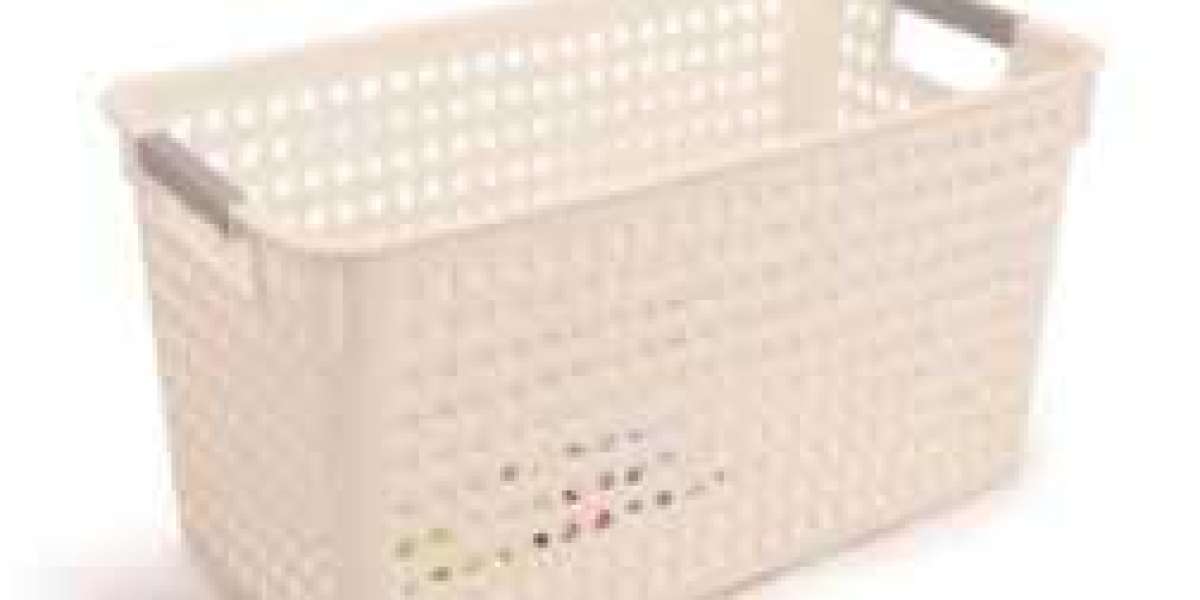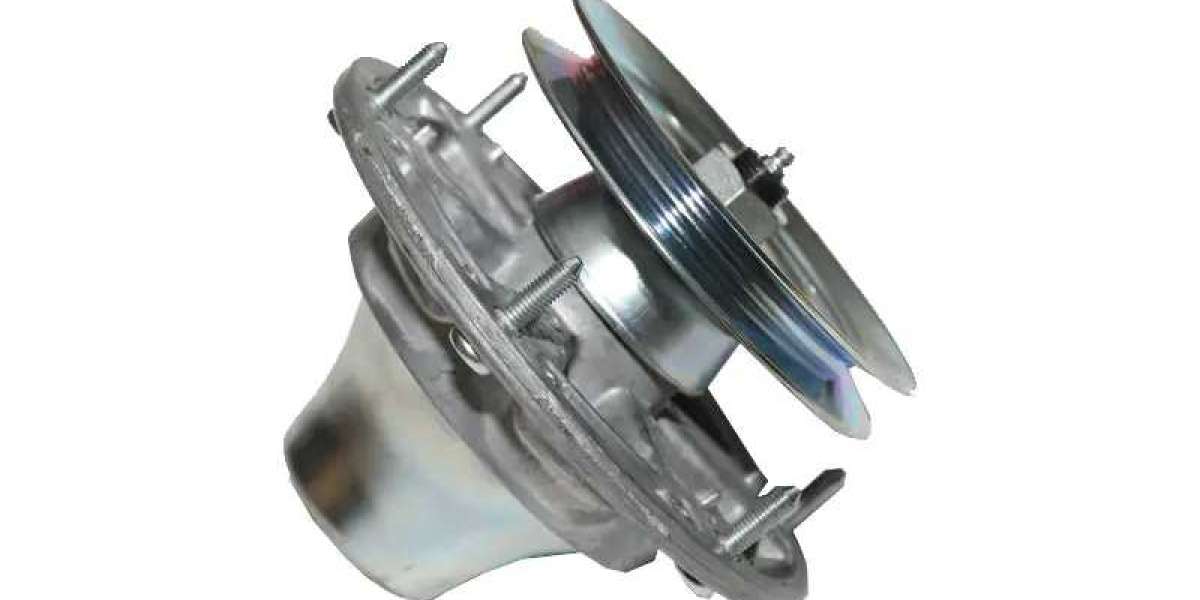A hammer mill is a crucial piece of equipment in various industries, used for grinding, crushing, or pulverizing materials into smaller particle sizes. Understanding its main components can help in both operation and maintenance. Here’s a breakdown of the key components of a hammer mill:
### 1. **Hammer Blades (Hammers)**
The hammers are the core of the hammer mill, responsible for the actual grinding process. Typically made from hardened steel, these blades are attached to a rotor and swing freely. When the rotor spins, the hammers strike the material, breaking it down into smaller pieces. The number, size, and configuration of the hammers can affect the milling efficiency and particle size.
### 2. **Rotor**
The rotor is a rotating shaft that houses the hammers. It is driven by an electric motor, and its speed is crucial for the mill's performance. A well-balanced rotor minimizes vibration and noise while maximizing efficiency. The rotor’s design influences how the hammers impact the material, thus affecting the grinding process.
### 3. **Screen (Grind Bar)**
The screen is a perforated metal sheet that allows ground material to exit the mill once it reaches the desired particle size. Different screen sizes can be used to achieve specific particle sizes, making the hammer mill versatile for various applications. The screen’s hole size determines how fine the ground material will be, which is essential for different end-use requirements.
### 4. **Inlet and Outlet**
The inlet is the feed entry where raw materials are introduced into the mill, while the outlet is where the finished product exits. Proper design and placement of the inlet and outlet are vital to ensure efficient material flow and prevent blockages.
### 5. **Frame**
The frame supports all the components of the hammer mill. It provides stability and durability, ensuring that the machine can withstand the stresses of operation. A robust frame is essential for maintaining alignment and minimizing vibration.
### 6. **Drive Mechanism**
The drive mechanism, typically an electric motor or diesel engine, powers the rotor. This component is crucial for determining the mill's speed and efficiency. A variable speed drive can allow operators to adjust the rotor speed to optimize performance for different materials.
### 7. **Feed Control Device**
This component regulates the flow of material into the hammer mill. Proper control ensures that the mill operates at optimal capacity and reduces the risk of clogging.
### Conclusion
These components work together to enable the hammer mill to efficiently grind materials into the desired particle size. Regular maintenance and understanding of each component's role can significantly enhance the mill's performance and lifespan.














